Skid Steers and Aggressive Weather
Skid-steers are going to need a different type of maintenance when faced with extreme weather, whether its extreme heat or extreme cold. In this blog post, we are going to give you some tips on how to keep your skid-steer loader running well even in aggressive weather.
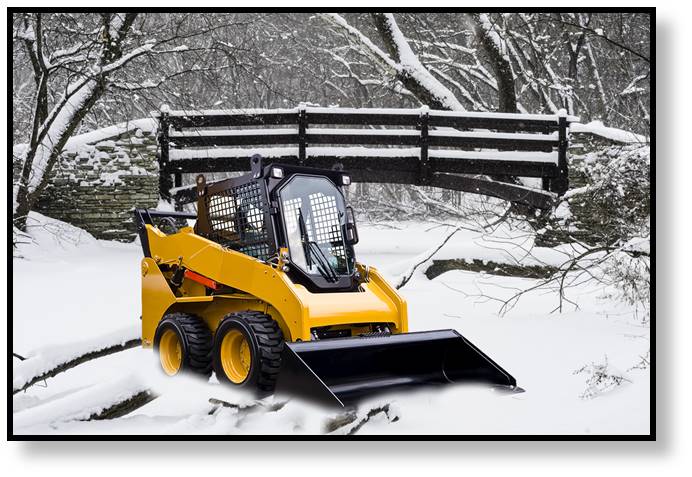
Here are some additional blog posts you might find helpful ...
- 5 Signs Your Skid Steer Hydraulic Motors Need Service
- Tips for Purchasing a Used Skid Steer
- 18 Tips to Help Minimize Operating Costs for Skid Steers
Tip #1: Corrosion Prevention
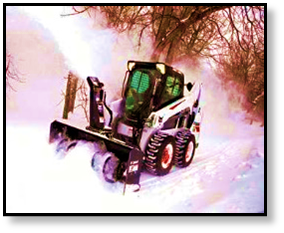 Deicing salts are not skid-steer friendly because they can corrosion. This just doesn’t affect the metal parts of the skid-steer, either: it can speed up the deterioration of rubber parts like hoses. Salt isn’t the only culprit, either. Many fertilizers can have a similar effect.
Deicing salts are not skid-steer friendly because they can corrosion. This just doesn’t affect the metal parts of the skid-steer, either: it can speed up the deterioration of rubber parts like hoses. Salt isn’t the only culprit, either. Many fertilizers can have a similar effect.
You can apply a corrosion-inhibitor to the metal parts, but the best way to take care of your skid-steer is to rinse it off after its been used around any type of corrosive media.
Tip #2: Tire Pressure
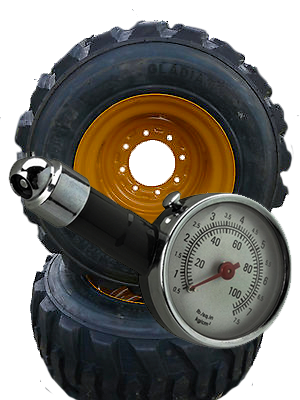 Tire pressure is dependent on temperature, so when the temperatures drop drastically, so can the tire pressure. This is usually seen in the form of sagging tires and less power clearing snow. Check the owner’s manual to find the correct level of inflation, check the air pressure, and add air accordingly.
Tire pressure is dependent on temperature, so when the temperatures drop drastically, so can the tire pressure. This is usually seen in the form of sagging tires and less power clearing snow. Check the owner’s manual to find the correct level of inflation, check the air pressure, and add air accordingly.
Tip #3: Lubrication
Whether it's extreme heat or extreme cold, you will want to select an engine oil with a viscosity that matches what you expect the temperature range to be. In cold weather, for example, you will probably need a thinner grade of oil to achieve optimum lubrication. You also want to use a low-temperature rated grease on the pivot points. Hot weather, on the other hand, will require a thicker grade of oil.

Tip #4: Fluid Levels
In the winter, you will need to keep a closer eye on washer fluid and antifreeze than you usually do, checking both the level of the fluid and to make sure it isn’t frozen -- which can be a serious problem depending on exactly how cold it gets. In hot weather, you will need to check coolant levels more often.
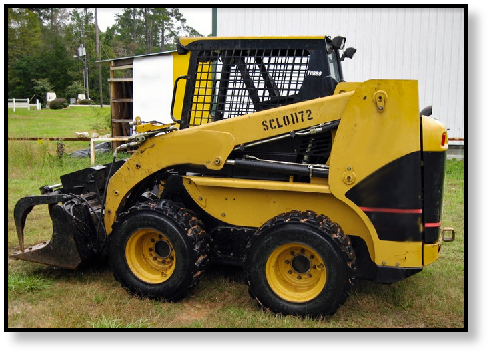
Tip #5: Cold Weather and Fuel
In extreme cold, it is advisable to use fuel that has been rated for cooler temperatures. In extreme cold weather, diesel fuel can actually gel. Areas that typically experience this kind of extreme weather usually have a winter fuel available that is either blended or refined to keep it flowing in below freezing temperatures.
Tip #6: Engine Warmup
In cold weather, refer to manufacturer instructions for the warm up procedures and try to limit the idling time. You might also want to invest in block heaters to help the engines warm up efficiently.
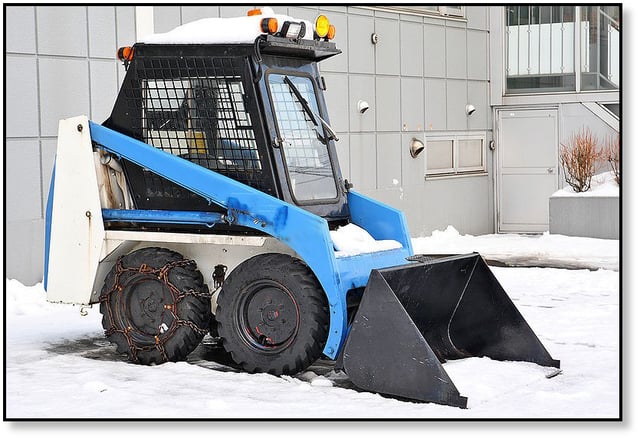
Tip #7: Cooling Components
We’ve already talked about the need to keep track of coolant levels in hot weather. Another good tip is to keep cooling components like your oil cooler or radiator as clean as possible. The cleaner they are, the more likely they are to be operating at peak efficiency.
Extreme Weather Means Additional Maintenance
Don't forget that in extreme weather -- cold or hot -- there are some additional maintenance considerations to keep in mind, including things like...
- corrosion prevention
- tire inflation
- temperature appropriate lubrication and fuels
- fluid levels
- cooling components
Past the point of maintenance and need professional help with your CAT Multi-Terrain Loader & Compact Track Loader Hydraulic Motors...Get it Now!

